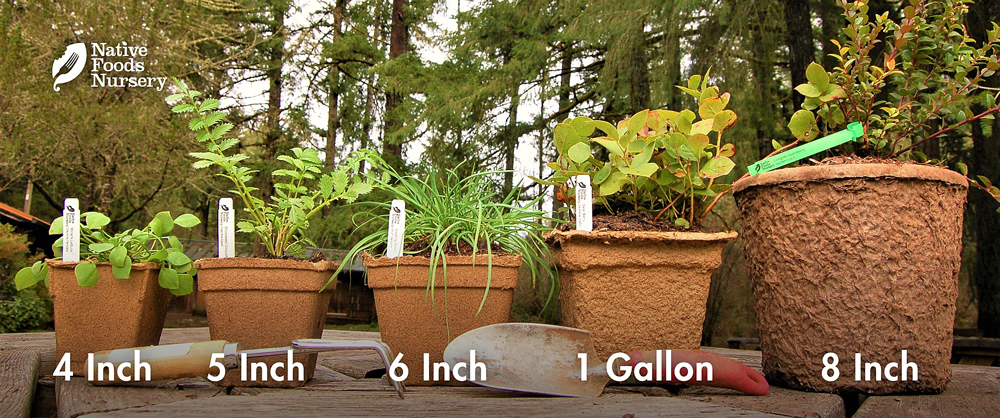Black Raspberry is a native food and perennial Western bramble with delicious raspberry fruits and edible young shoots.
Edible Uses
These unique native, berries are a Northwest summer delight - soft, juicy and sweet. They can be cooked into pies or cobblers, dried for later use, or made into jams and jellies. Berries are very high in anthocyanins and antioxidants (as well as other phenolic compounds) and are a source of vitamins, minerals, and healthy sugars.
In addition, Black Raspberries are being studied for their ability to reduce the growth of certain cancers, improve allergies, diabetes and more.
Young shoots can be harvested as they emerge in spring, peeled, and then eaten raw or cooked like asparagus. Leaves can be make into a light blackberry-flavored tea that is high in vitamin C. This was an important food and medicine plant for Native Americans in the region.
Ornamental Qualities
The species name Leucodermis means “white bark”, and describes what makes this Blackcap Raspberry unique (compared to its Eastern relative). A dusty whitish-bluish hue appears on stems, making an interesting visual contrast with the green leaves and red to black berries. A good plant for the edges of a woodland garden, or even better in a garden berry patch! It will propagated by tip-rooting if allowed. Blackcap Raspberry looks good growing alongside Pacific Blackberry, Salmonberry, or Thimbleberry.
Environment and Culture
Blackcap Raspberry’s wild home is in meadows and open woodlands in low to middle elevations throughout most Western states. It thrives in full sun with moisture, like along a forest edge, but can also handle partial shade. It is valuable food for wildlife, especially birds. It can be found growing alongside other native brambles.
Harvest, Care, and Preparation
Berries will be bigger with summer water and sweeter in full sun. The first two seasons, let the canes grow as they will to become established. The second Fall, head all canes back in the fall at 2-4ft in height. Then, the following spring, prune off any dead canes, thin to 4-6 main canes, and prune back lateral branches to 8-10 buds. These lateral buds are where the fruit will be produced!
Harvesting berries is best done by hand. Clusters ripen successively. Berries are underripe when red and ripe when black. However, if you wait too long, they will be overly soft and hard to transport (which just means you have to eat it then - oh well!). And be careful, the juices can temporarily stain the skin and thorns on stems can scratch.
Harvesting young shoots will slightly reduce your crop for the following year (canes are biennial, fruiting the second year and then dying), so only harvest one or two shoots per plant in the spring. Lightly skin them and eat as spears (like asparagus) or chop and add to a native vegetable stir-fry.
- Native Range: CA, OR, WA, BC, AK, NV, AR, ID, UT, MO
- USDA zones: 1-8
- Ease of Care: Very Easy
- Deer Resistance: High
- Light Requirements: Full Sun - Part Shade
- Soil Type: Any, prefers well-drained loam
- Water Requirements: Any, prefers moist
- Pollination: Self-fertile
- Bearing Age: 2yrs from seed
- Size at Maturity: up to 8 feet
- Plant Spacing: 3 feet
- Bloom Time: Spring
- Harvest Time: Mid-Late Summer
Pot Sizing Guide
